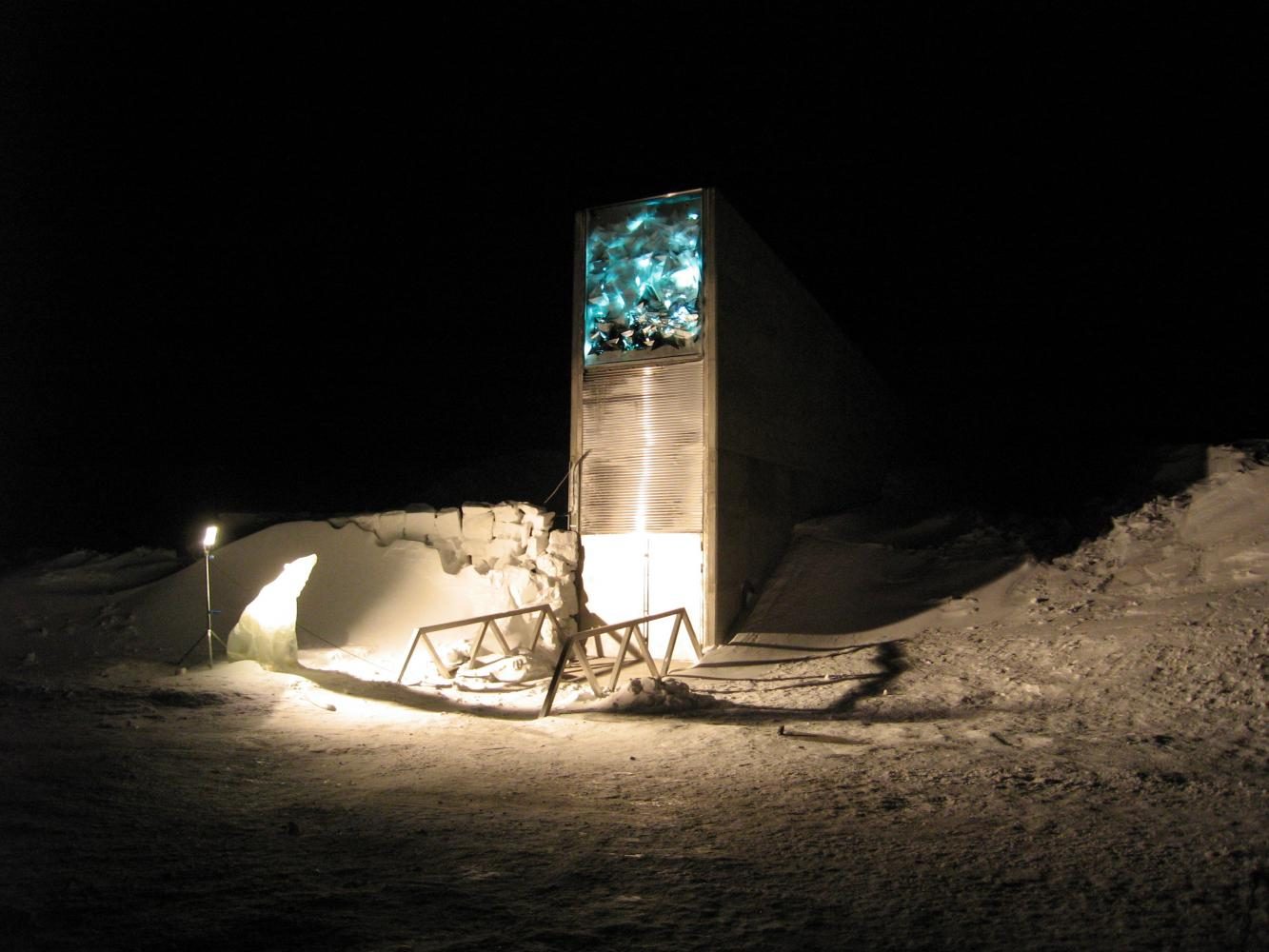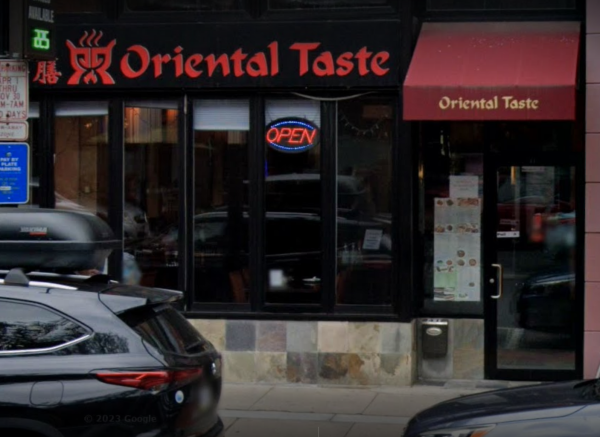Water Damages Doomsday Seed Vault
An Arctic seed vault meant to survive global crises has been breached by water.
The Svalbard Global Seed Vault was designed to hold the world’s seeds as a backup in the case of a worldwide catastrophe. Located on an archipelago between mainland Norway and the North Pole, the vault is built into a mountain with a long tunnel serving as an entrance. One has to travel 400 feet above sea level and 400 feet into a mountain to find this “doomsday vault.”
The Norwegian island Spitsbergen was chosen for a number of reasons; the site is accessible, it’s perch above water makes it safe, and scientists thought the Arctic permafrost would never melt. In a surprise to the vault’s designers, that permafrost melted, flooding parts of the entrance. Officials were forced to chip away the invading ice.
The increase in heat was caused by climate change. No seeds were harmed this time, but Statsbygg, the Norwegian Directorate of Public Construction and Property, warned that in the future the world’s greatest collection of crops could be damaged. The group did, however, take back those claims the following Saturday, saying that the seeds should be fine with the new safety measures.
One of these new measures put in place to assure the safety of these precious seeds includes the removal of a heat sources, like a transformer station. Drainage ditches will also be dug on the mountain. The vault was meant to survive on its own without human intervention, but now scientists are closely watching it to avoid a repeat of this near disaster. Originally, scientists thought the vault would stay frozen for 200 years.
This is not the only effect of global warming. In fact, the entire Arctic has been getting historically hot in recent years, causing numerous glaciers that have been around for thousands of years to melt and raising water levels all around the world.
The facility wasn’t watertight because no one thought it would need to be, but now temperatures are warming. Experts say the melting is season dependent and the new measures being taken should stop the problem before it gets out of hand.
Though the permafrost did melt around the tunnel entrance, it will not do so around the facility itself. The Arctic Ocean island’s summers reach up to 4 degrees Celsius, (39.2 Fahrenheit) but the temperature up on the mountain never gets that high. The Svalbard Seed Vault is kept at -0.4 degrees Celsius.
The vault holds 900,000 seeds and it could hold up to 2.5 billion. It’s run by Crop Trust, a nonprofit organization responsible with preserving the world’s crop diversity. Crop Trust is funded by groups like the Bill and Melinda Gates Foundation. Any country can give seeds to be stored for no cost. The vault first opened in 2008. Back then it only had about 187,000 seeds in store. The vault’s seeds have only been withdrawn once, in 2015, to help another seed bank that had lost much of its supply.
Almost every country in the world has donated seeds. Though there are other seed banks, Svalbard is the backup in the event all the others fail. Seeds arrive in boxes which are then scanned via X-ray to ensure only seeds are within. To get into the vault, seeds have to get past five doors with coded locks.
Cary Fowler, an agriculturalist and one of the vault’s original creators, stressed to various magazines that the vault will probably be fine.
“In my experience, there’s been water intrusion at the front of the tunnel every single year,” he said. “We did this calculation; if all the ice in the world melted — Greenland Arctic, Antarctic, everything — and then we had the world’s largest recorded tsunami right in front of the seed vault…it might not help the road leading up to the seed vault, but the seeds themselves would be okay.”
Of course, Fowler still says global warming should be accounted for. The whole planet is warming, and Fowler says that should be taken into account when planning the future of this vault.
The big idea, however, is that even if there is a global catastrophe and the human population is significantly reduced or destroyed, corn will still be available.











